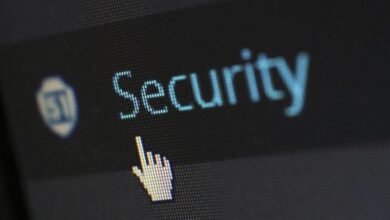Unknown Call Risk Report 3892807572 3509817310 3512053692 3515026716 3533778398 3509696074

The Unknown Call Risk Report evaluates several phone numbers associated with potential scams, including 3892807572 and 3509817310. These numbers exhibit alarming trends linked to robocalls and telemarketing schemes. Patterns reveal a strategy aimed at exploiting vulnerable individuals, raising concerns about privacy and security. Understanding these dynamics is crucial for users. What measures can be taken to combat such threats effectively?
Overview of the Unknown Call Risk Report
The Unknown Call Risk Report serves as a critical tool for organizations seeking to mitigate the potential threats posed by unidentified phone calls.
This document emphasizes the importance of call screening and provides a comprehensive risk assessment framework.
Analysis of Specific Phone Numbers
An analysis of specific phone numbers is fundamental in the broader context of the Unknown Call Risk Report. Effective caller identification can mitigate risks associated with phone scams.
The examined numbers reveal patterns that suggest malicious intent, prompting a need for heightened awareness among users. Understanding these identifiers empowers individuals to safeguard their freedom against deceptive practices in communication.
Common Patterns and Trends in Unknown Calls
While examining unknown calls, certain patterns and trends emerge that can provide insight into their nature and potential risks.
Many calls utilize robocall techniques, often delivering pre-recorded messages intended to deceive recipients. Additionally, a significant number are linked to telemarketing scams, targeting vulnerable individuals.
Recognizing these commonalities can aid in identifying potential threats and understanding the broader landscape of unsolicited communications.
Tips for Protecting Yourself From Unknown Call Risks
Recognizing the patterns and trends associated with unknown calls highlights the importance of taking proactive measures to mitigate risks.
Employing call screening techniques can effectively filter unwanted communications. Additionally, adjusting privacy settings on devices can enhance personal security, reducing the likelihood of intrusive calls.
Conclusion
In conclusion, the patterns identified in the Unknown Call Risk Report reveal a striking coincidence between the analyzed phone numbers and known telemarketing schemes. This alignment underscores the importance of vigilance in communication practices. As individuals encounter increasingly sophisticated scams, recognizing these trends becomes vital for protection. By remaining informed and proactive, users can effectively mitigate risks associated with unsolicited calls, transforming potential threats into opportunities for enhanced personal security and awareness.



